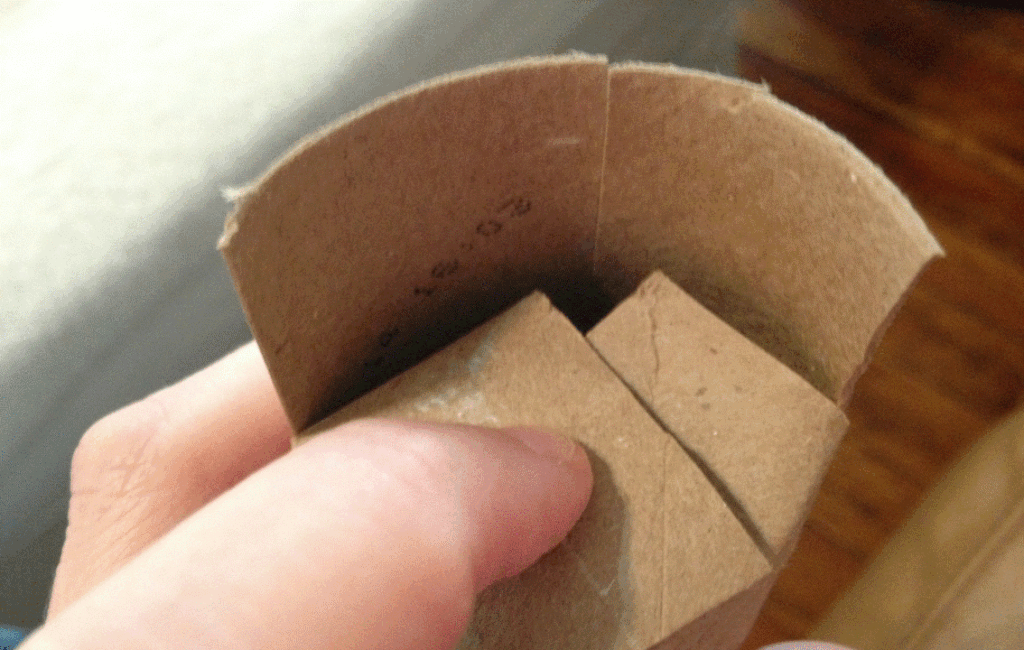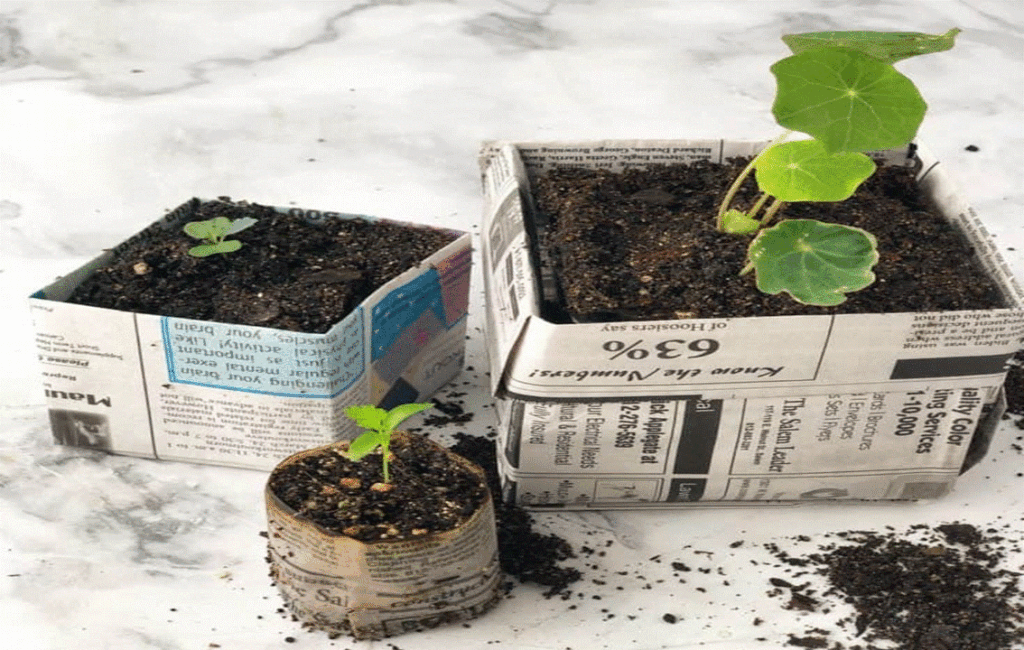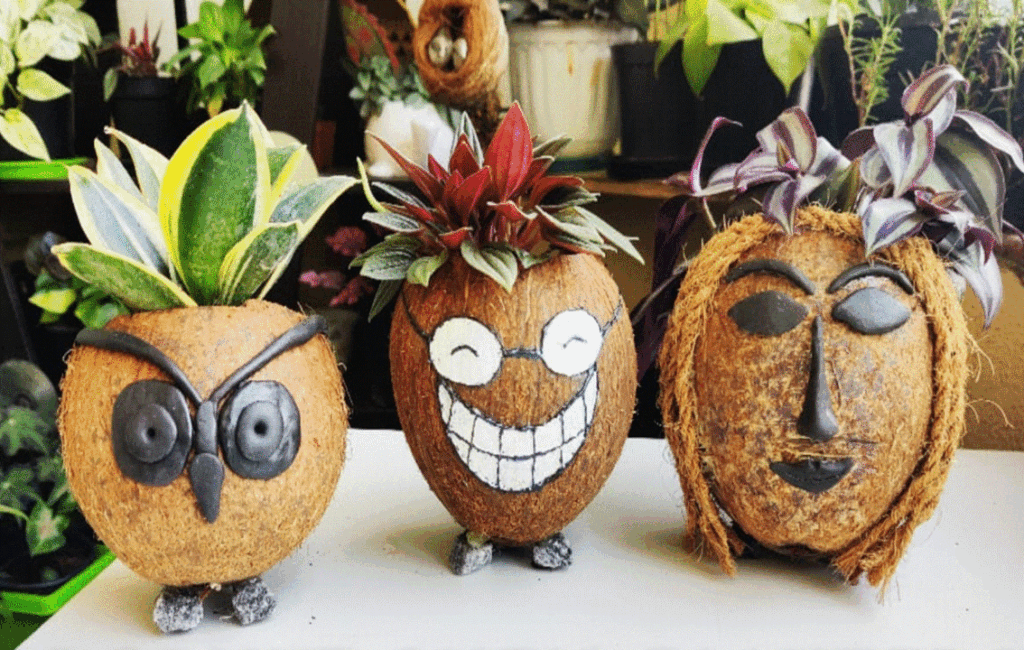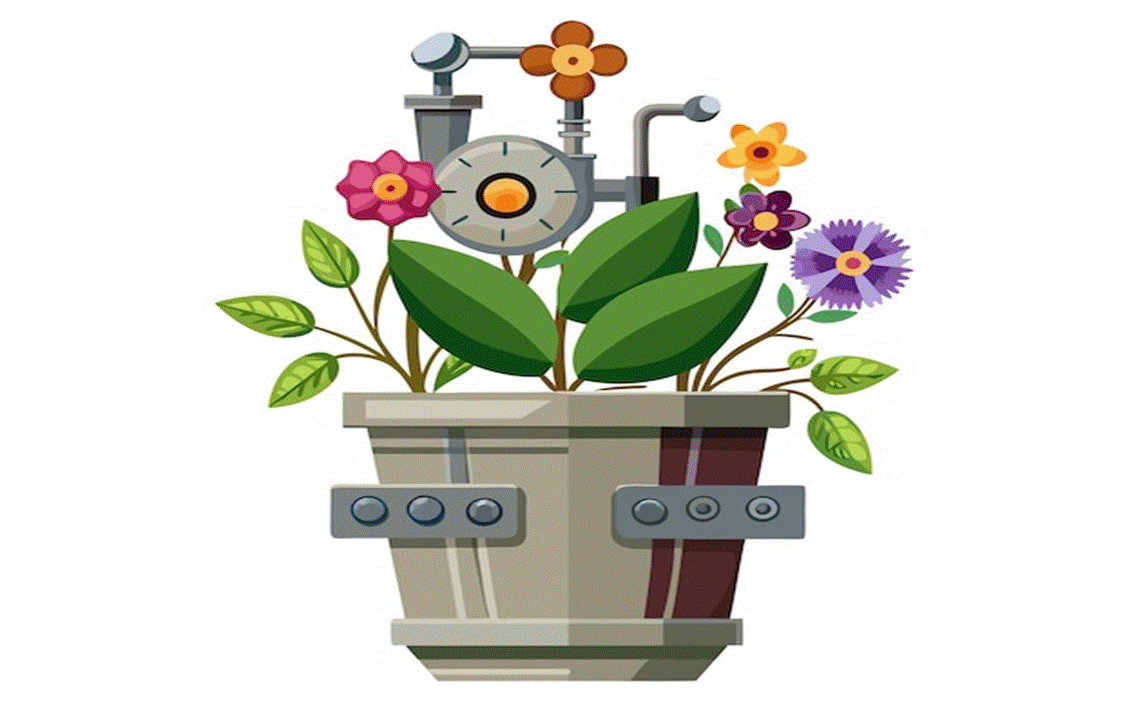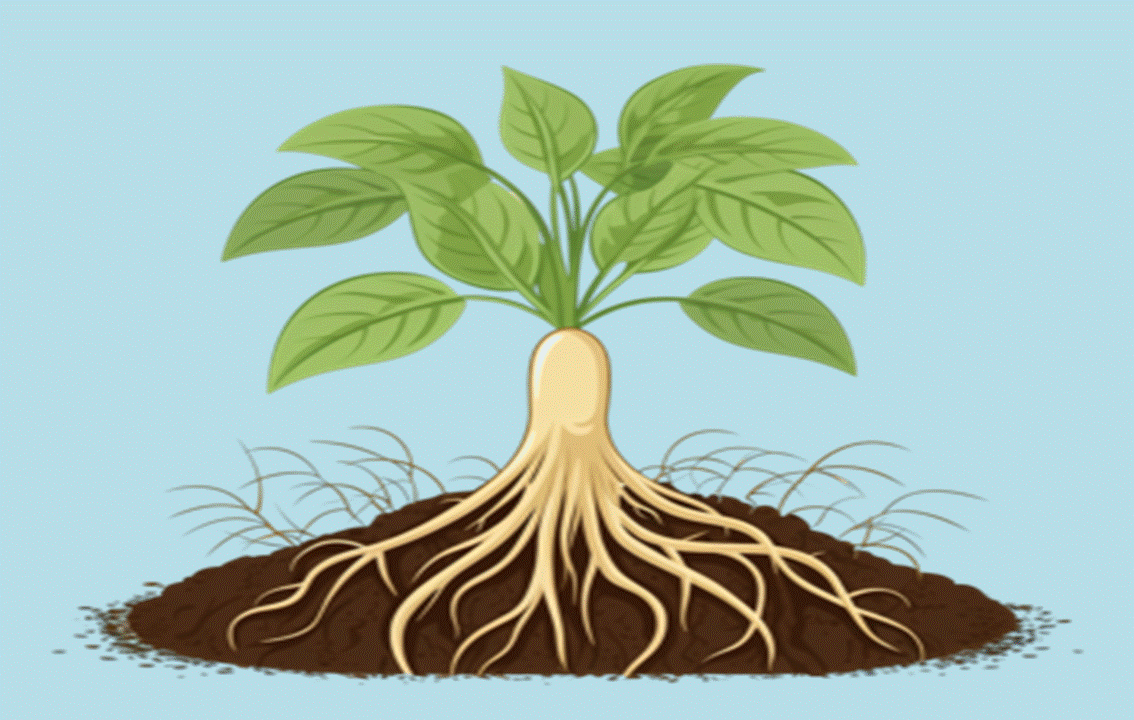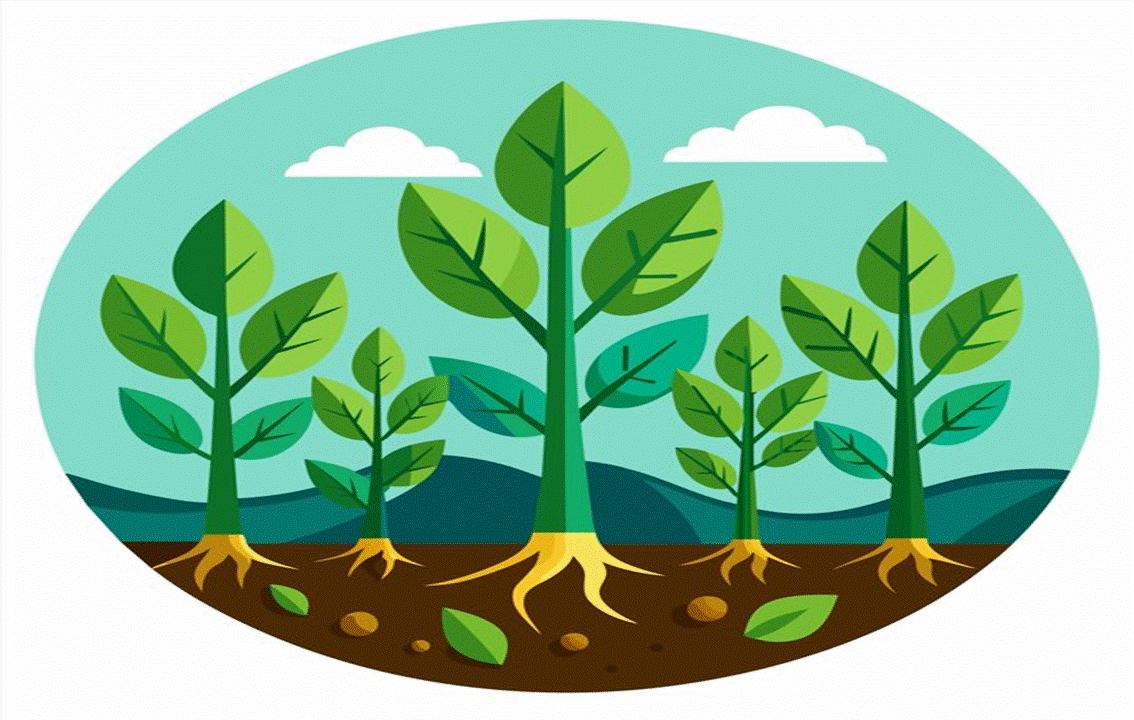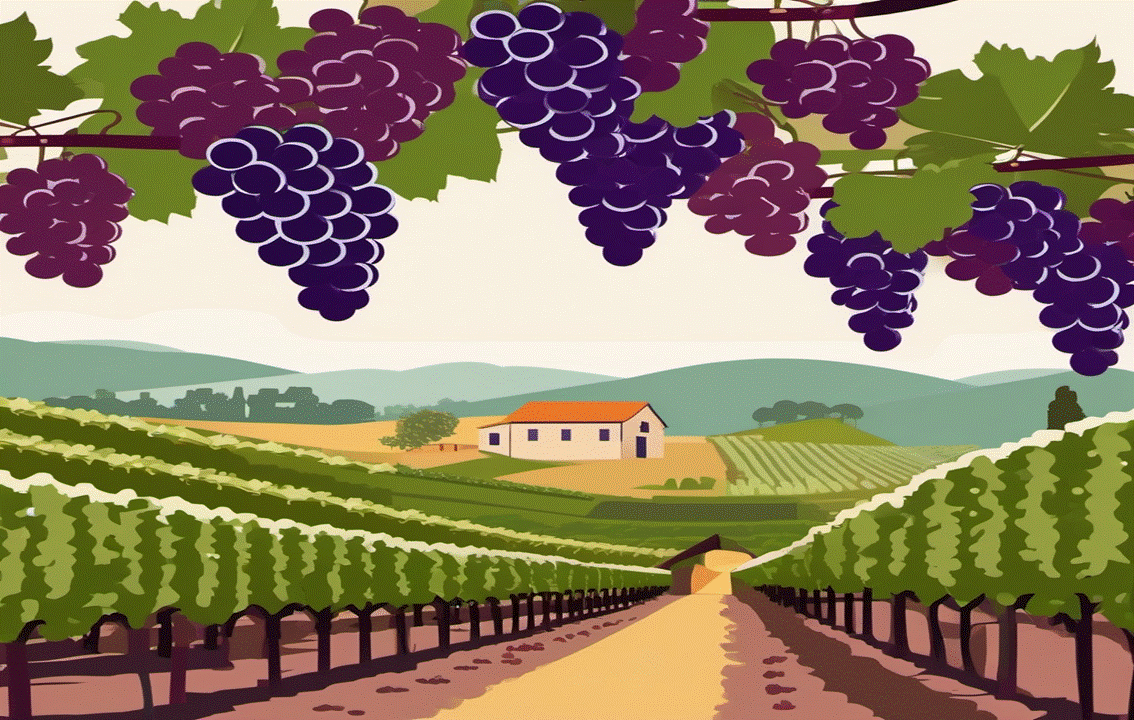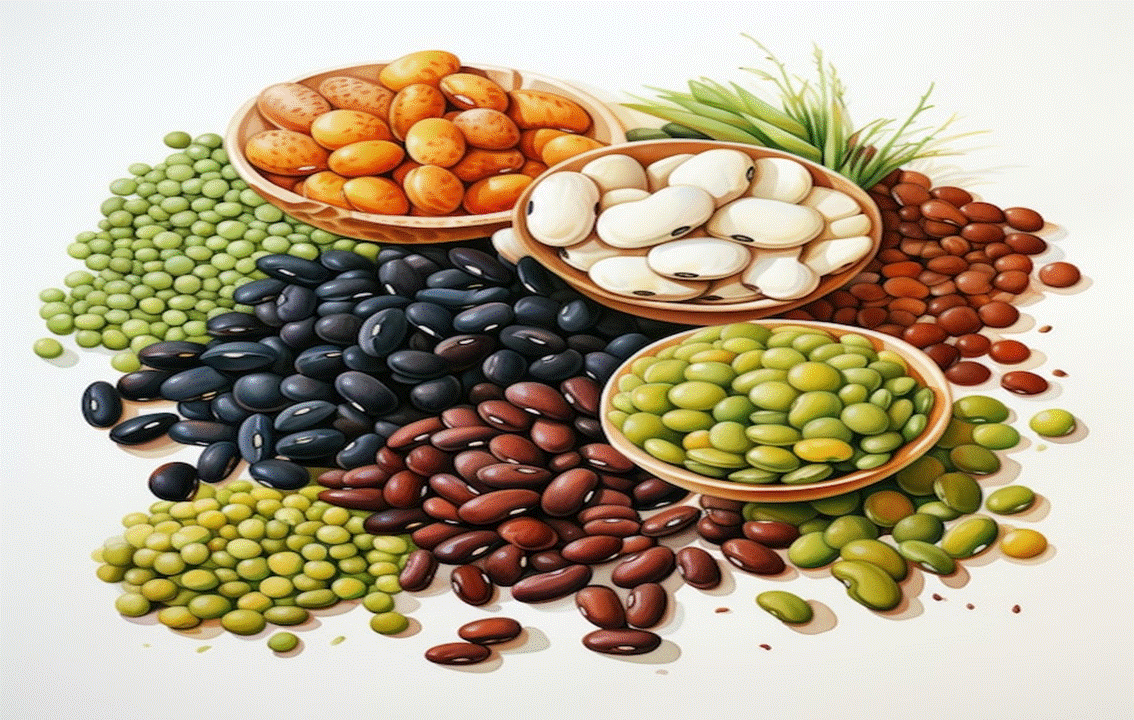ENVIRONMENTALLY FRIENDLY ALTERNATIVES TO CONVENTIONAL PLASTIC POTS
Most gardeners use conventional plastic planters, but there are alternative environmentally friendly planters that can easily be made using normal household items. Everyday perishable objects can create biodegradable planters of all shapes and sizes, which can be easily incorporated into most organic gardens. Proven to contribute greatly to a healthy organic garden, biodegradable planters while minimising environmental impact and experimenting with different materials and designs, planters can effectively be created out of most things that would otherwise end up in landfills.
A list of household materials that can be used to create biodegradable planters
Toilet Roll Planters: Cut the inner part of the toilet paper roll in two. Make 4 cuts a third of the way up the roll, then fold the bottom cut section in half as if closing a box. This pot should be watered carefully to avoid disintegration. This type of pot will provide enough structure for early growth, making it an ideal starter pot for seedlings or short-term planting.
Egg Carton Planters: The individual compartments of cardboard egg cartons can be used to create a series of small pots. These series of pots should be watered carefully to avoid disintegration. This type of pot will provide enough structure for early growth, making them ideal starter pots for seedlings or short-term planting.
Newspaper Planters: Layers of rolled-together newspaper can be assembled with glue or tape to create a pot. This pot is best for short-term use and must be watered carefully to avoid disintegration. This pot will provide good aeration and drainage for most plants.
Coconut Husk Planters: The fibrous coconut husk once dried out can be used as pots that will provide good aeration and drainage for most plants.
Peat Planters: Peat moss can be compressed to create a pot shape and then be planted directly into the soil. These pots provide good aeration and drainage for most plants.
Bamboo Planters: Old bamboo or wicker baskets can be used to create pots. These pots will provide good aeration and drainage for most plants.
Other things to consider
Drainage: Regardless of the material, ensure that the planter has adequate drainage holes to prevent water logging, which can damage the planter as wel as the young plants.
Size: Choose a size that suits the plant you intend to grow. Larger plants will need pots that are more spacious.
Decorative Elements: Biodegradable pots can be decorated using natural dyes or paints adding colour and charm to the organic garden.
Composting: Consider composting biodegradable planters when they reach the end of their life cycle, especially if they’re made from paper-based materials.
